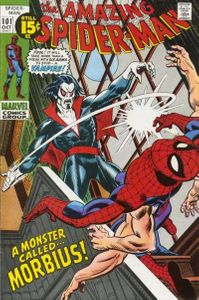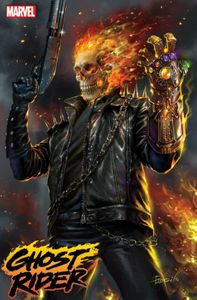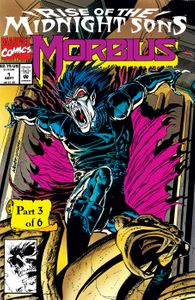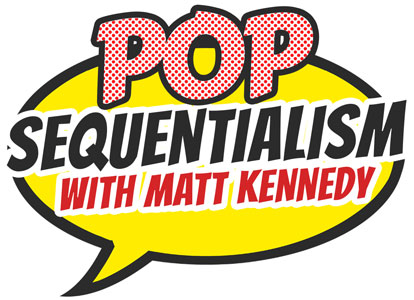
11 Apr Marvel Bronze Age Horror Re-Revisited
Doctor Strange in the Multiverse of Madness looks to revive old-school, Bronze Age Horror at the MCU —so why not do it right in the comics, too?
The Times, They Are A-Changing

With Evil Dead director Sam Raimi helming Doctor Strange and the Multiverse of Madness, and The Exorcist‘s Jeremy Slater showrunning Moon Knight on Disney+ there is great expectation for a smoother integration of Horror into the MCU. Couple that with an announced Agatha Harkness series and rumors that the next Hulk movie will feature the jade giant as antagonist rather than hero, and this frees up ALL the anti-heroes of Marvel’s Monster comics to get their own revivals.
So why haven’t we seen much of that in the comics?
Real Horror Vs. Disney Horror

Even as independent Horror comics (some from Marvel’s own superstar writers) surpass the monthly circulation on most superhero titles there is little on the newsstand to suggest that Marvel as a company are poised to launch anything more supernatural than Ghost Rider.
Collectors have been heavily spec-ing on Bronze Age keys for Johnny Blaze (Marvel Spotlight #5), Man-Thing (Savage Tales Magazine #1 & Fear #10), Werewolf by Night (Marvel Spotlight #2), and even Frankenstein’s Monster (Frankenstein #1) and the Living Mummy (Supernatural Thrillers #5), but the most mystical Marvel comic being published at this particular moment is Strange Academy, which is more Harry Potter than Tomb of Dracula. Is it wise to chase after the Rise of the Midnight Sons Ashcan or Ghost Rider #28 when the first part of that proposed cinematic franchise rests upon a Jared Leto movie opening to a 15% critics and 64% audience score on Rotten Tomatoes?
Nostalgic Value

That’s like comparing Care Bears to Grant Morrison’s Arkham Asylum in terms of quality, but NOT in terms of nostalgia. While those 90s Marvel comics weren’t as literate as their DC counterparts, they absolutely connected with their target demographic, which was a slightly younger and admittedly less sophisticated reader drawn to the star-making artwork on those Midnight Sons crossovers by Mark Texeira and Ron Randall.
Relying on nostalgia won’t revive the Bronze Age on its own. The fate of these characters’ futures will depend greatly on what Marvel invests in them now. So how can they extract gold from a tin mine? They’ll need the modern equivalent of Vertigo-level talent.
Here’s the Pitch

Even if the elevator pitch suggests otherwise, this stuff doesn’t write itself, so Marvel needs to coax, cajole, or seduce the people who have a proven track record of knowing a thing or two about horror and then give them free rein to go balls-to-the-wall with these underutilized characters.
There is nothing but upside because there is zero expectation connected to any of these characters or concepts. The prospect of connecting this more insular cast into the greater Marvel Universe is a bonus, but even choosing to have them exist independently provides a new world of supernatural potential.
Want more spec?
-
IS IT TIME TO RE-INVEST IN ETERNALS?
-
IS DEATH THE NEW BREAKOUT STAR?
-
ARE MANGA REPRINTS THE NEW HOT SPEC?
*None of the content of this article is intended as investment advise.
This is just the opinion of the columnist – Do your own research!

No Comments